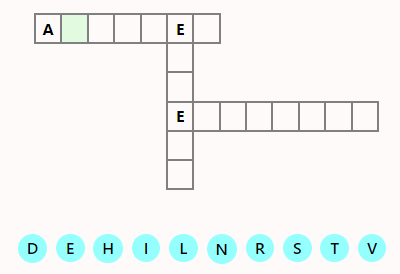When it comes to Chinese there are two forms of spoken Chinese (Mandarin and Cantonese) and two forms of written Chinese (Simplified and Traditional).
What is used where?
| Region | Spoken | Written |
| China | Mandarin | Simplified |
| Hong Kong | Cantonese | Traditonal |
| Taiwan | Mandarin | Traditonal |
| Singapore | Mandarin | Simplified |
Both Simplified and traditional Chinese are, unlike English, tonal languages. This means the meaning of a word can very with tone (pitch) with which it is spoken.
Simplified Chinese has 4 tones plus a neutral (flat) tone.
Cantonese is more complex, it can have 9 tones. If you are thinking of learning Cantonese you may find this article "helpfull" Nine Tones of Hell
Where does Pinyin fit in?

Pinyin was developed to make it easier for westerners to learn Mandardin by writing down the sounds using the western alphabet (a process called romanization). The earliest version of romanization was developed by two British diplomats, Thomas Wade and Herbert Giles and published as a dictionary in 1892.
To make things a little confusing several other versions of Pinyin were developed. However, in 1958 Haynu Pinyin became officially adopted by China and that is the version we have used in Xanagrams.

Hanyu Pinyin's tone marks can be replaced with tone numbers, in Xanagrams we call this numeric tonation and we have included it because many find this format easier to learn.
